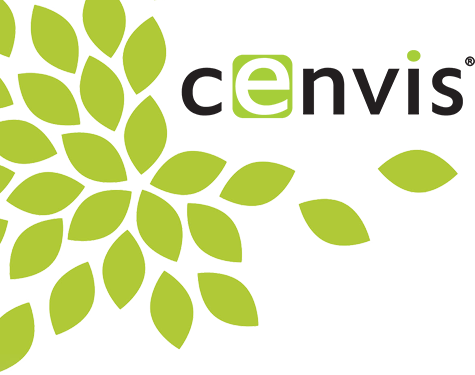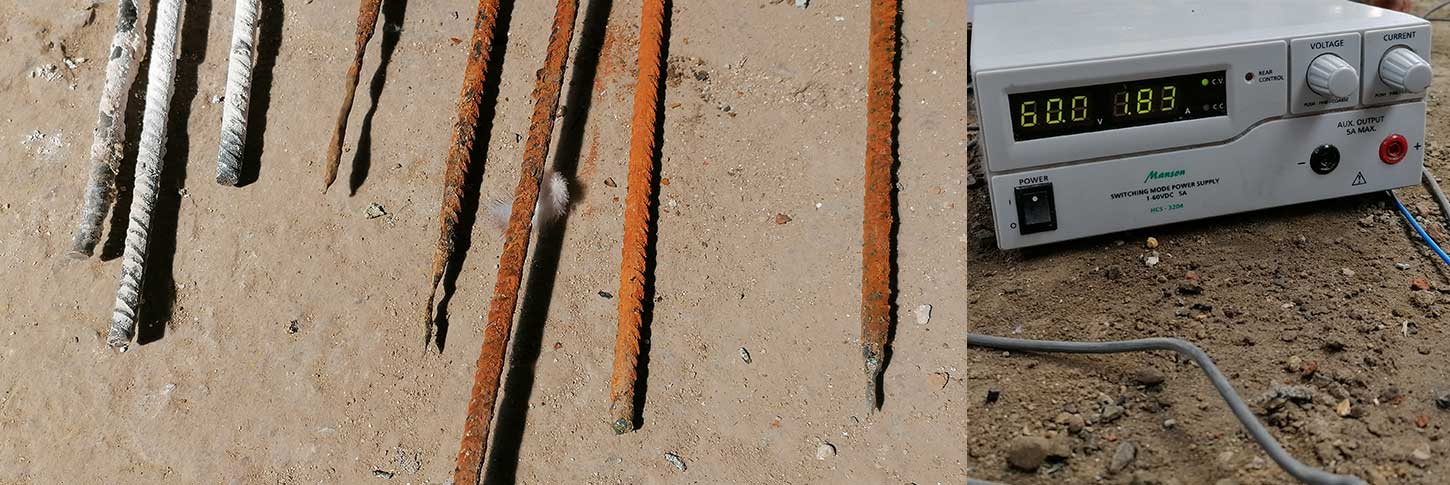
Research
Development, testing and implementation of new remediation approaches, combination of traditional physico-chemical approaches with biological ones.
Bioremediation

Exploiting the potential of bacteria to degrade contaminants
- isolation of bacterial strains from the contaminated area
- preparation of bacterial mixed cultures, optimization of degradation processes
- in situ bioremediation
Nanoremediation

Removal of contaminats with iron-based nanoparticles
- degradation of contaminants by synthetic iron nanoparticles
- production of iron bionanoparticles from plant-based waste
Electroremediation

Application of direct current for groundwater remediation
- use of electrochemical processes in the remediation of contaminated sites
- simultanneous application of direct current and nanoiron
Mobile app – Ecogame „waste separation“
One of the easiest ways of environmental education of children and youth in the waste separation is the implementation of education elements into their „natural environment“ – smartphones and tablets. The game on a device with OS Android 7.0 (Nougat, API v. 24) and higher will be based on the correct placement of various types of waste into the appropriate trash bins (plastic bottle into the yellow one). The game will have 10 levels with increasing difficulty. The project will be supported by a campaign in online media with ambition to increase the competitivness among players and indirectly educate them in environmental topics.
Expected start: 11/2020 – 11/2021
Estimated duration: 6 months
Estimated allocation: 25 000 EUR
The extractive waste as a potential reusable source for industry
The technological progress leads to the possibility of reuse of the heap waste material from metallurgic and mining industry. Creation of a platform in terms of circular economy and proposal of an amendment to the legislative framework for support of implementation in practice.
Expected start: unspecified
Estimated duration: 3 years
Estimated allocation: unspecified
The research of the degradation of tar pollution
The chemical / biological proceeding of polluted materials – cleanup and reduction of the hydrocarbon chains into the shorter and easily degradable products. Isolation and identification of bacterial strains with an ability to degrade this kind of pollution. Bacterial enrichment and determination of their degradation abilities in microcosm and pilot experiments.
Expected start: unspecified
Estimated duration: 3 years
Estimated allocation: unspecified
Material evaluation of the railway sleepers
The use of old railway sleepers as a source of material for other purposes. Possibility of reclassification from the category of hazardous waste.
Expected start: 1/2021
Estimated duration: unspecified
Estimated allocation: unspecified
Electrogeochemical remediation of contaminated groundwater
The application of direct current, mobilization of contamination by electromigration processes, use of electrode actions (electron transfer induced by direct current) to degradation of chlorinated ethylenes, polychlorinated biphenyls, crude oil.
Expected start: 2/2020
Estimated duration: unspecified
Estimated allocation: unspecified
Bioremediation of crude oil contamination in situ
Isolation and identification of bacterial strain with an ability to degrade contamination, preparation of bacterial mixed cultures (consortia), their enrichment and application directly to the contaminated matrix (sediment, soil, groundwater).
Expected start: 10/2019
Estimated duration: unspecified
Estimated allocation: unspecified
Remediation of polychlorinated biphenyls (PCBs)
PCBs are hazardous environmental contaminants, which removal periodically seeks attention. Recently, thousands tons of PCBs stored in the area of former producer – Chemko Strážske or surrounded forests have been found, so the need for their degradation and cleanup of environmental loads is still actual. Taking into account the character of contamination (mixtures with various degrees of chlorination), the most promising method for their removal is the combination of physico-chemical and biological approaches, when, at first, the PCB molecule is dechlorinated and then further accessible for microbial metabolization.
Expected start: 5/2020
Estimated duration: unspecified
Estimated allocation: unspecified
Recovery of the agricultural waste as the source of products for the removal of contamination of geological and water environment
Extraction of biologically active substances – polyphenols and related compounds from the plant substrates – byproducts of agricultural industry. Reaction of plant extracts with iron ions lead to reduction to zerovalent iron – strong reductive agent towards the wide range of contaminants.
Expected start: unspecified
Estimated duration: unspecified
Estimated allocation: unspecified
Macek, J., Jurkovič, Ľ., Milička, J., Tóth, R., Horváthová, H., 2022. Comparison of two model environmental burdens with massive light non-aqueous phases liquids (LNAPL) pollution – the extent of pollution identified by geological survey vs. reality uncovered by remediation. Mineralia Slovaca 54(2), 175-184.
Čičáková, C., Tóth, R., Horváthová, H., Drábik, A., Jurkovič, Ľ., Kravchenko, D., 2022. Electroremediation in low-hydraulic conductivity zones – current stage of knowledge and small-scale laboratory experiment. Mineralia Slovaca 51(1), 31-48.
Horváthová, H., Dercová, K., Tlčíková, M., Hurbanová M., 2022. Biologická syntéza nanočastíc: Rastlinné bionanočastice na báze železa pre remediáciu kontaminovaného životného prostredia. Chemické listy 116(7), 405-415.
Horváthová, H., Jurkovič, Ľ., Macek, J., Tóth, R., Kravchenko, D., 2020. Nanodegradation of chlorinated hydrocarbons from groundwater in the native geological environment (laboratory batch experiment). Mineralia Slovaca 52 (2): 133-142.
Macek, J., Jurkovič, Ľ., Malý, V., 2020. Voľná fáza ropných látok – aktuálny pohľad na identifikáciu a hodnotenie znečistenia v horninovom prostredí. Podzemná voda 26 (2): 1-10.
The Centre of Environmental Services, Ltd. – Your partner for better environment